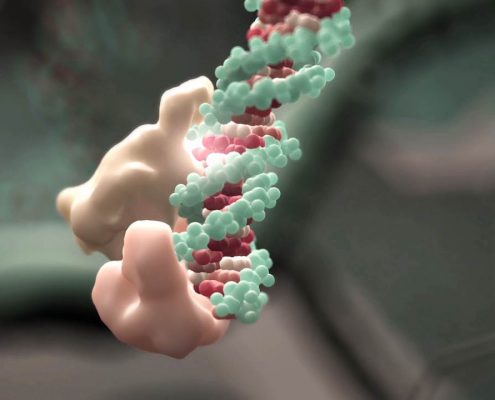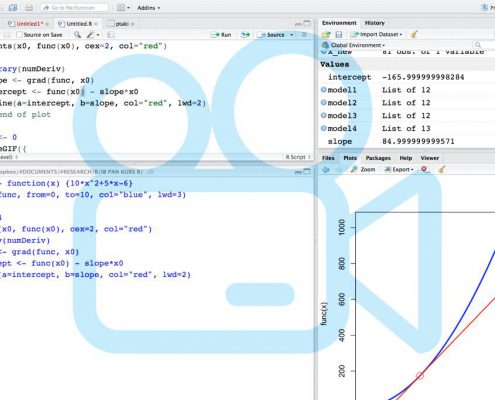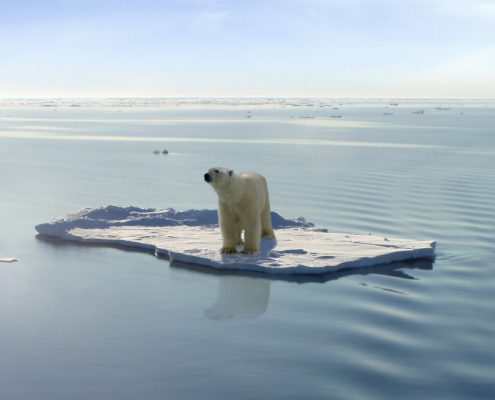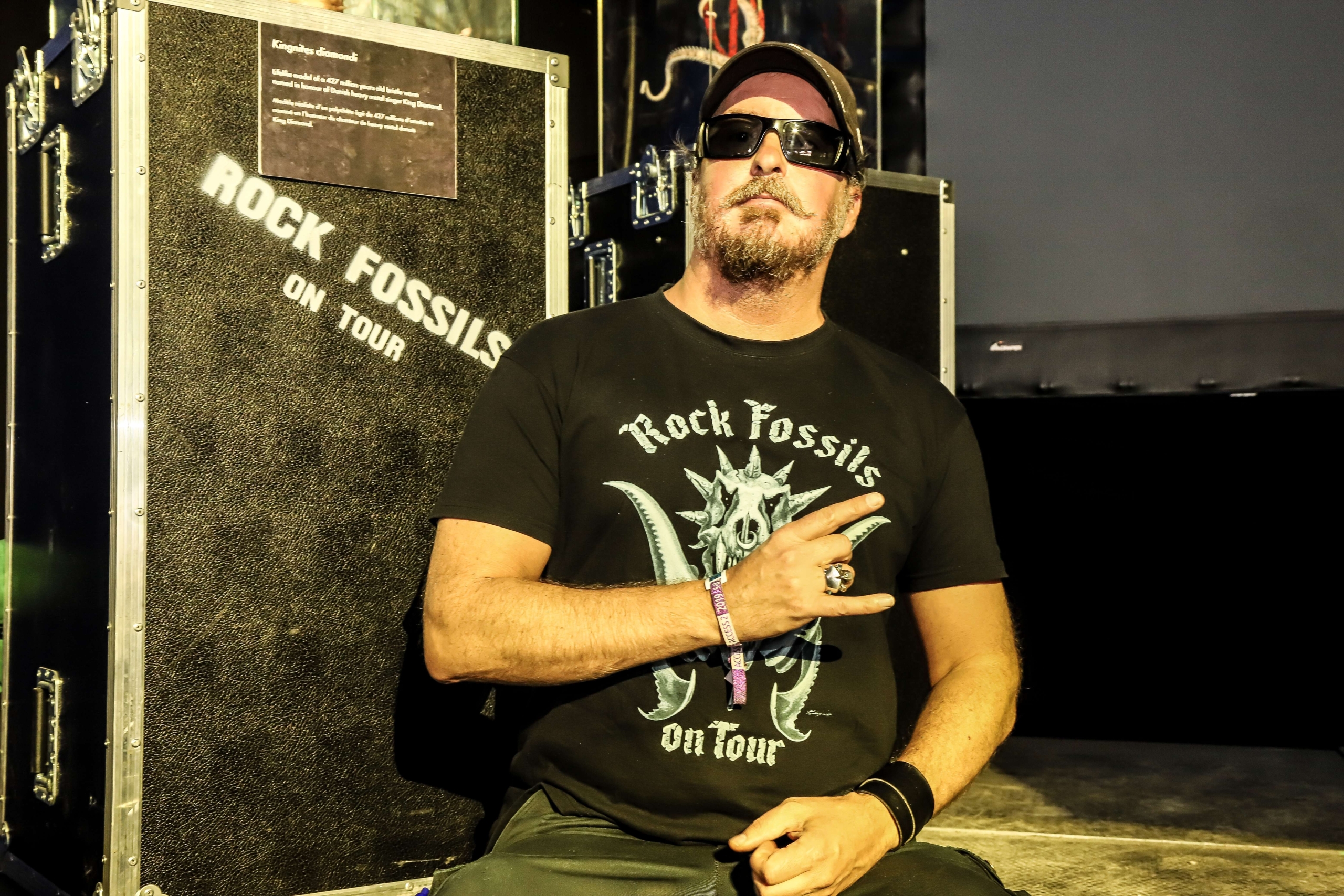Crastina is a platform for the exchange of experience, knowledge and inspiration regarding both scientific peer-to-peer communication and science dissemination
- What? An international network of (mostly young) people who love to communicate science & tech.
- Why? We think science needs to be communicated with more passion and professionalism.
- Where? On our website with interviews & resources + on social media + on Skype and IRL.
- Who? A content group (the Crew), a think tank (the Academy), + lots of friends & contacts.
- When? Right now – as a matter of fact, we’ve just geared up.

Bringing science to life – 5 tips on how to create a scientific 3D animation
An animation is a powerful tool to communicate a message within a short time in an easy and memorable way. Here Katharina Petsche, media designer and molecular biologist from Vienna, gives her best advice on how to create a scientific 3D-animation
Animated…

Animations: not so difficult after all
Creating simple animations is not as difficult as you may think. Graphic designer, scientist, and science communicator Szymon Drobniak shares a range of tools and approaches - from graphic software to R - along with tutorials and inspirations…

Science, uncertainty and politics: an eternal struggle?
Science and uncertainty go hand in hand. This is a well-known fact for every scientist and expert in its field, however it is not so well known in the general public. Politicians need steady facts to produce policy, something science can never…


















